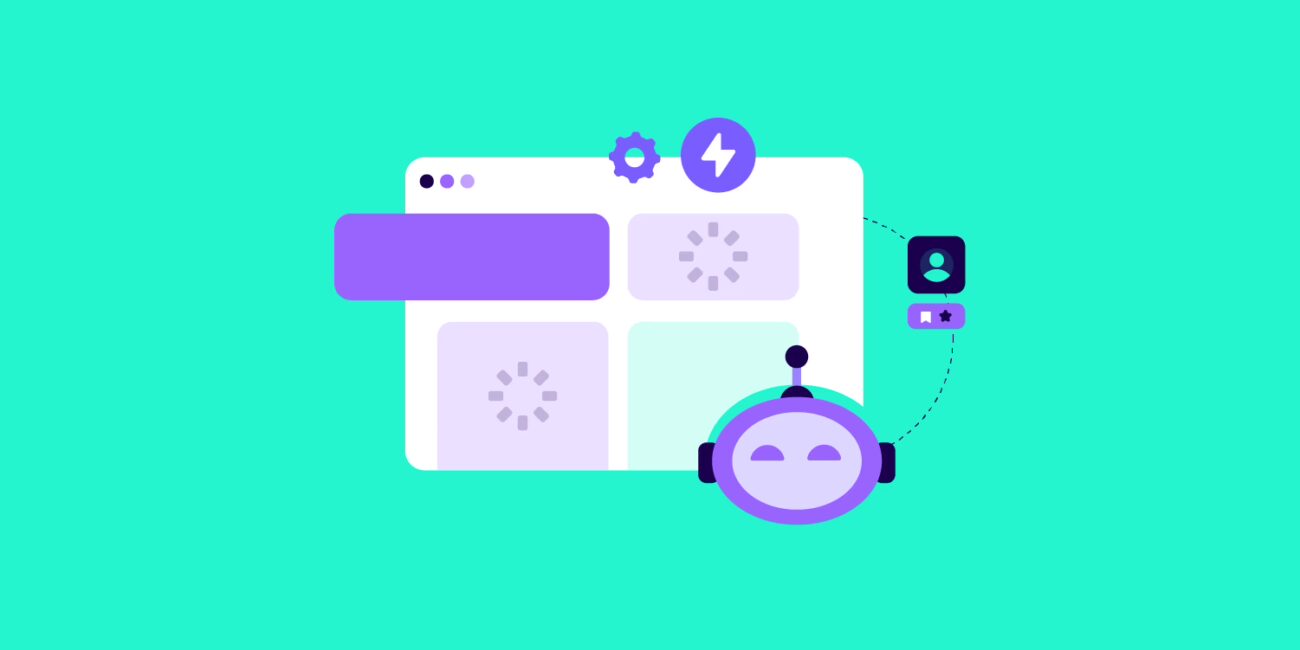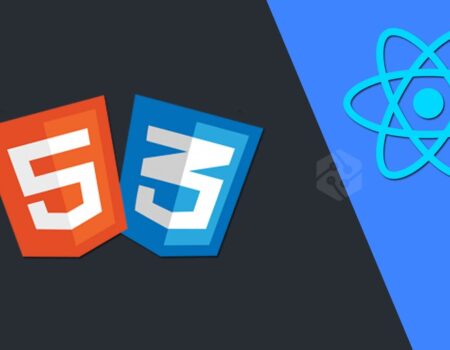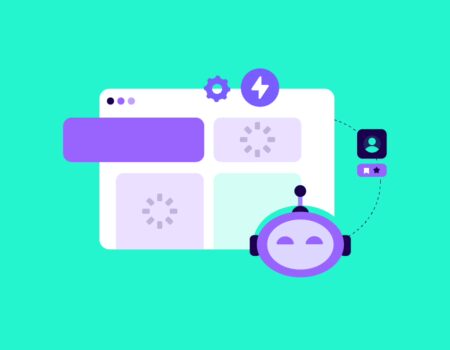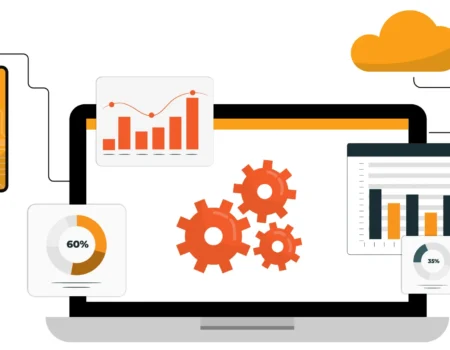In today’s digital landscape, website performance is a critical factor that directly influences user experience, search engine rankings, and overall business success. Traditional methods of monitoring and optimizing website performance often rely on manual data analysis, heuristics, or limited metrics. However, with advancements in artificial intelligence, AI-based analytics tools have become game-changers for understanding and enhancing website performance more effectively and proactively.
This article explores how AI-driven analytics are transforming website optimization and what developers, marketers, and site owners need to know to leverage these tools in 2025.
Why Website Performance Matters

A fast, responsive website improves user satisfaction, reduces bounce rates, and increases conversions. Search engines like Google factor in page speed and user engagement signals when ranking pages. Additionally, slow websites can alienate mobile users or those on limited bandwidth, impacting accessibility.
Optimizing website performance involves various aspects including load times, rendering speed, server response, caching, and resource management. While traditional analytics provide metrics such as page load time, bounce rate, and session duration, they often lack actionable insights to pinpoint root causes or predict future issues.
What AI-Based Analytics Bring to the Table
AI-powered analytics platforms use machine learning algorithms to process vast amounts of website data in real-time, uncover hidden patterns, and provide predictive insights. Here’s what they offer beyond standard analytics:
- Automated anomaly detection: AI can identify unusual spikes or drops in performance metrics automatically without manual threshold setting.
- Root cause analysis: Machine learning models correlate multiple variables to pinpoint what causes slowdowns or errors.
- Predictive analytics: AI forecasts potential bottlenecks before they impact users, enabling preemptive optimizations.
- User behavior segmentation: Group users by behavior patterns to understand performance issues affecting specific demographics or devices.
- Personalized recommendations: Based on historical data and AI models, tailored optimization strategies are suggested for different pages or user segments.
Key AI-Based Analytics Tools for Website Performance
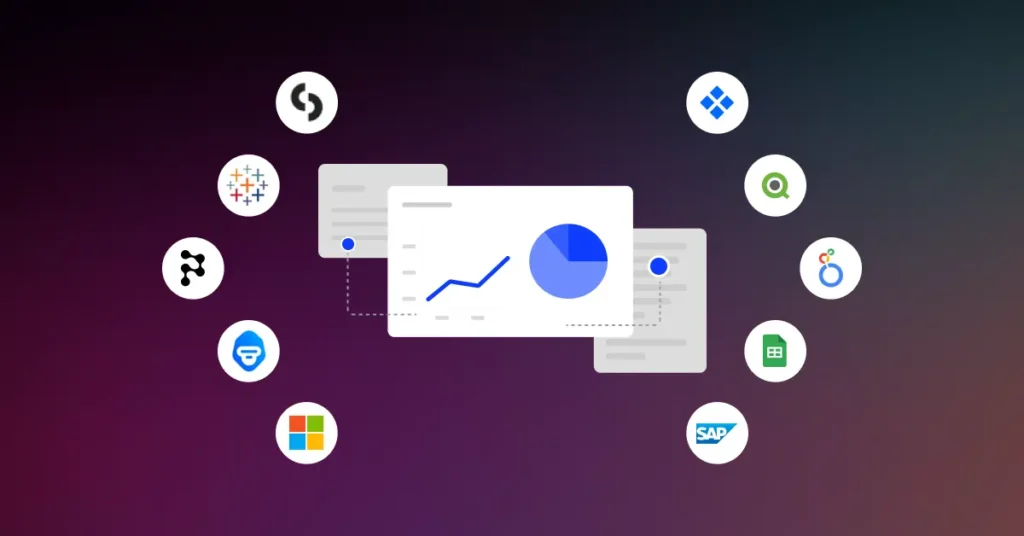
Several tools in 2025 harness AI to provide in-depth performance analytics:
- Google Analytics 4 (GA4) with AI Insights: Offers automatic anomaly detection and predictive metrics like potential revenue impact.
- New Relic Applied Intelligence: Uses AI to correlate application and infrastructure metrics for faster troubleshooting.
- Dynatrace: Provides AI-powered root cause analysis and real-user monitoring with detailed session replay.
- Lighthouse CI + AI Plugins: Combines Google Lighthouse performance audits with AI to prioritize fixes.
- Cloudflare Web Analytics: Uses AI to analyze traffic patterns and optimize content delivery network (CDN) performance.
How to Use AI Analytics to Optimize Performance
1. Continuous Monitoring and Alerts
Set up AI-powered monitoring tools that automatically detect performance anomalies such as slow page loads, increased error rates, or resource bottlenecks. Real-time alerts allow teams to respond quickly before issues escalate.
2. Deep-Dive Root Cause Analysis
Leverage AI’s ability to analyze dependencies and logs to find why a particular script is slowing down a page or why server response times spike during certain hours.
3. Predictive Scaling and Resource Allocation
Use AI predictions to scale server resources dynamically or pre-cache content before traffic surges, reducing latency and preventing downtime.
4. User-Centric Performance Segmentation
Identify which user segments (by device, location, or behavior) experience poor performance and optimize specifically for their conditions.
5. Automated Optimization Suggestions
Many AI tools suggest concrete optimizations—such as compressing images, deferring JavaScript, or upgrading hosting infrastructure—prioritized by expected impact.
Real-World Impact
Organizations using AI-based website performance analytics report:
- Faster incident resolution times thanks to automated anomaly detection.
- Improved page load speeds and Core Web Vitals scores by addressing AI-identified bottlenecks.
- Enhanced user engagement and conversion rates through targeted optimizations.
- Better infrastructure cost management by predicting and adjusting resource needs proactively.
Best Practices for Integrating AI Analytics
- Combine AI insights with developer expertise: Use AI as a guide, not a replacement, for human judgment.
- Focus on actionable metrics: Prioritize insights that lead to measurable improvements.
- Ensure privacy compliance: Handle user data in accordance with regulations like GDPR.
- Train your team: Educate developers and marketers on interpreting AI-generated reports and recommendations.
Challenges and Considerations
While AI analytics offer powerful advantages, there are challenges to keep in mind:
- Data quality matters: Poor or incomplete data can lead to inaccurate AI predictions.
- Overreliance risks: Blindly following AI suggestions without understanding context may cause unintended issues.
- Integration complexity: Implementing AI tools may require adjustments to existing monitoring and deployment pipelines.
Conclusion
AI-based analytics represent the future of website performance optimization, providing smarter, faster, and more predictive insights than traditional methods. By embracing these tools, developers and site owners can ensure their websites deliver superior user experiences, maintain competitive SEO standings, and efficiently manage resources in 2025 and beyond. Harnessing AI for performance analytics is no longer optional but essential for staying ahead in the fast-paced digital world.

